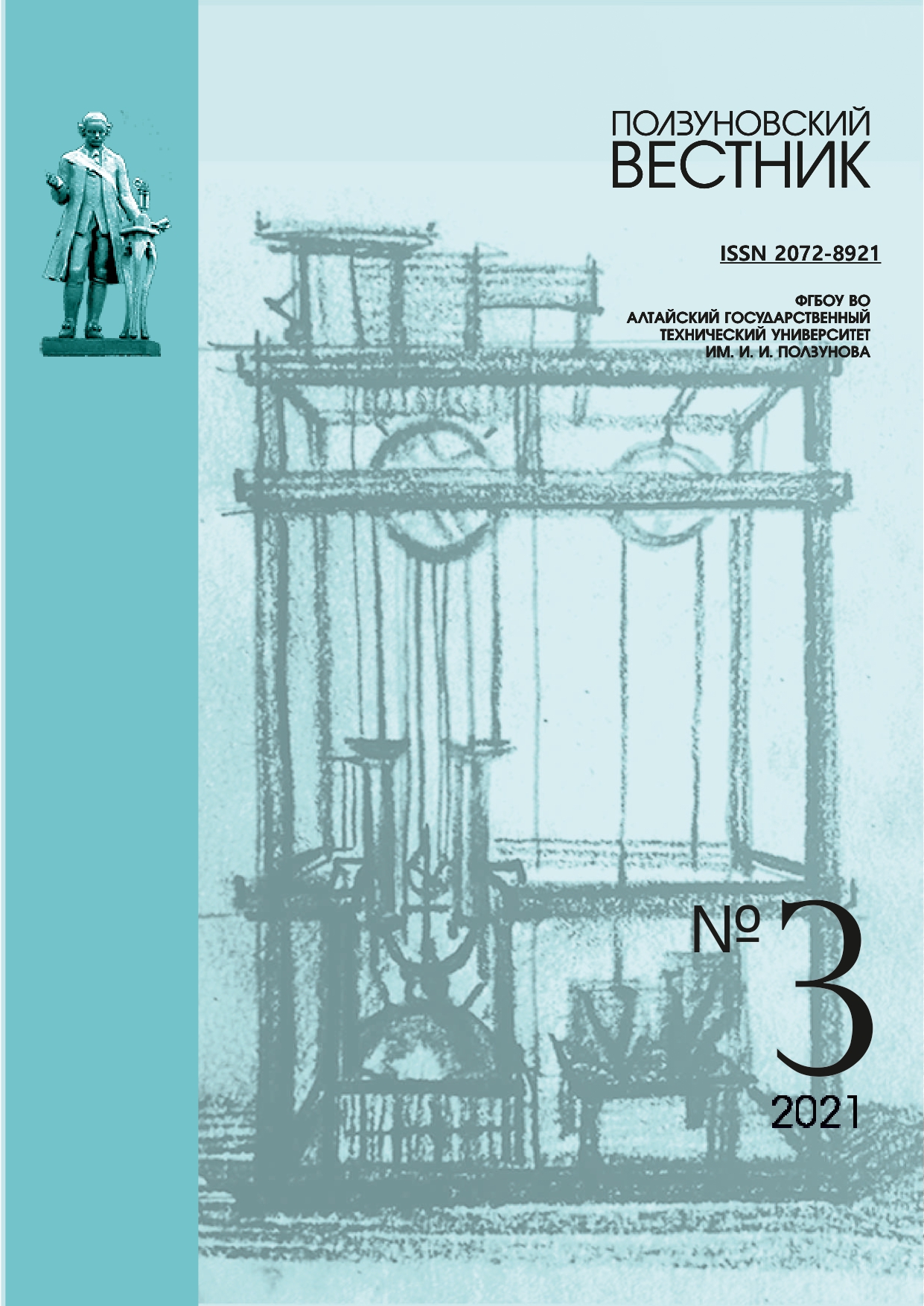ИССЛЕДОВАНИЕ ПИТАТЕЛЬНЫХ ВЕЩЕСТВ КОРИЧНЕВЫХ И БЕЛЫХ СЕМЯН ЛЬНА
doi: 10.25712/ASTU.2072-8921.2021.03.002
Ключевые слова:
льняное семя, химический состав, аминокислотный состав, витамины, аминокислотыАннотация
Интерес в области питания к продуктам на растительной основе растет, особенно к таким, как льняное семя и льняное масло. Семена льна обладают полезными для здоровья свойствами благодаря своим ингредиентам, например, альфа-линолевой кислоте, лигнинам и т.п. Наличие этих составляющих способствует уменьшению количества разного рода заболеваний. Особый интерес вызывают исследования по химическому и витаминному составу льняного семени при рассмотрении его в контексте профилактического и здорового питания. Исследования различных семян льна проводились согласно требованиям нормативных документов, при этом определяли аминокислотный профиль, химический состав, а также содержание витаминов с учетом токоферолов. Установлено, что семена льна богаты такими белками, как аргинин, аспарагиновая кислота и глутаминовая кислота. Содержание аминокислот в коричневом семени выше, чем в белом. Анализ химического состава семян льна белого и коричневого цвета показал, что данное сырье характеризуется наличием протеина (до 25,4 мг/100 г), углеводами (до 32 мг/100 г), макроэлементом, таким как кальций. Из микроэлементов незначительно присутствует железо, а также имеются в наличии минеральные вещества до 3,2 мг/100 г. Количество витаминов группы В невелико, а витамин Е выступает в форме γ-токоферола и способствует защите полиненасыщенных жирных кислот в фосфолипидах клеточной мембраны. Благодаря относительно высокой концентрации биологически активных веществ льняное семя является привлекательным компонентом с точки зрения создания функциональных продуктов питания.
Загрузки
Опубликован
Как цитировать
Выпуск
Раздел
Лицензия
Copyright (c) 2021 Мария Анатольевна Болгова, Наталья Леонидовна Клейменова, Инесса Николаевна Болгова, Максим Васильевич Копылов

Это произведение доступно по лицензии Creative Commons «Attribution» («Атрибуция») 4.0 Всемирная.
















 .
. Контент доступен под лицензией
Контент доступен под лицензией 
